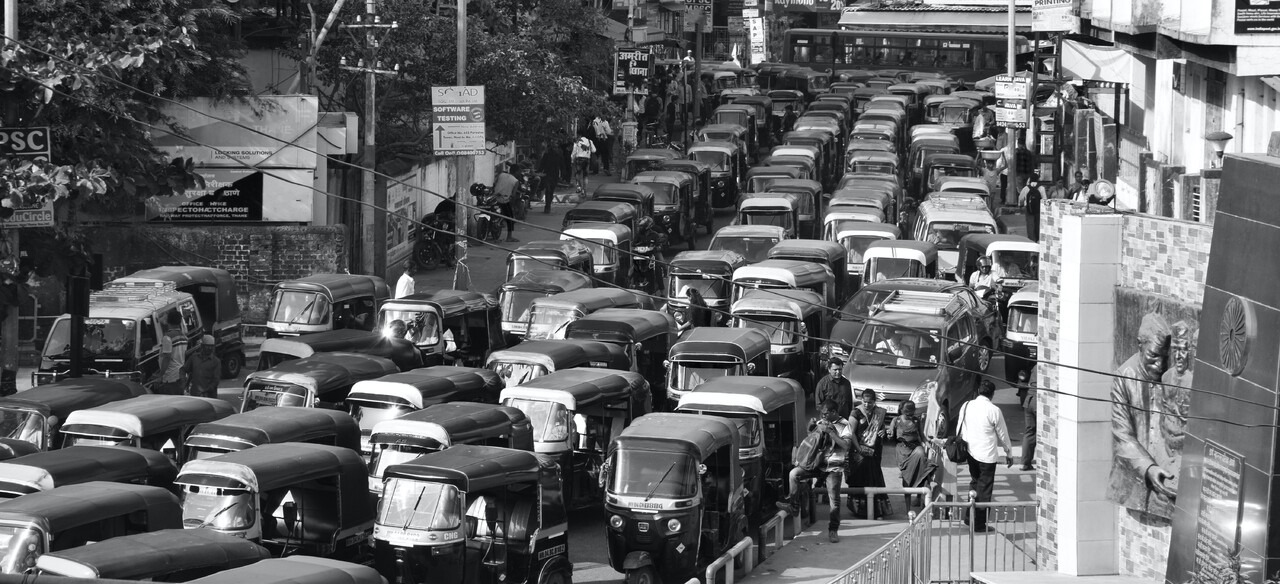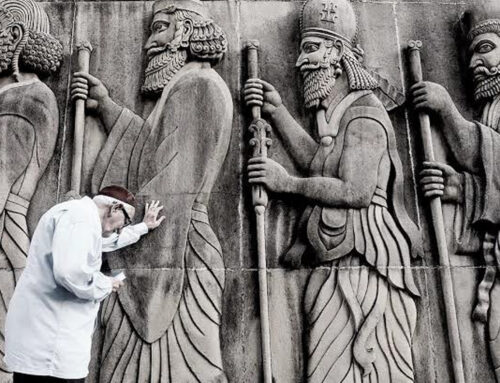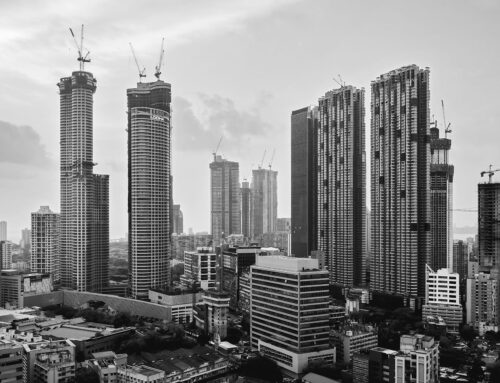

“A high number of pedestrians does not mean high quality walking spaces” – Janet Sadik Khan
Since the past two decades, Mumbai has built over 70 flyovers, expressways, and sea links and consequently, Mumbai has also witnessed an exponential rise in the number of automobiles. However, for a city where more than half the trips still happen on foot (Comprehensive Mobility Plan 2014), the automobile surge has had many negative externalities too.
Every day, people are squeezed out of places to walk by the sheer pressure of growing automobiles in Mumbai. The streets of Mumbai aren’t just conduits of traffic, they also have large contributory open spaces where people walk, rest, rejuvenate, do business, play, and pray.
However, throughout the years, we have also seen a change in most of the Mumbai streets. Previously, pedestrians had priority on most streets, but these days, it is rare for them to be able to even walk along them securely, let alone cross them.
For example, if someone wanted to take the suburban train system to Worli, they would have to get out at Mahalakshmi station, cross the busy E Moses road to get to the bus stop, and then board a bus that would take them to Worli. This experience is far from flawless, though. First of all, crossing E Moses Road requires a lengthy wait. All the buses heading towards Worli receive a green signal during this waiting period, and before one gets to the bus stop, those buses have already departed. Older people now have to wait for the next bus, which is considerably longer in the current situation.
But in some instances, it gets worse. Last month, two girls aged 8 & 10, both sisters, lost their lives, when a speeding car struck them while they were just crossing the road on Bhulabhai Desai road. This is not a one-off incident. As per the Mumbai Traffic Police data, for many years now, over half of all road traffic fatalities in Mumbai are that of pedestrians.
The expansion of carriageway capacity didn’t just happen through all the flyovers and expressways. Once these were built and the traffic grew, alongside came the projects to widen all the other arterials in Mumbai such as the SV Road, Linking Road, LBS Marg, VN Purav Marg, etc. to accommodate for the growing traffic. In many places, even the internal streets are now seeing much higher traffic. As a result, outside every transit node – be it outside the suburban rail, the metro rail, or the monorail – people come out to face inconvenience and a safety risk.
The automobile surge has also created a never-to-end parking problem. Data from the CMP shows that the difference between parking demand is ten times more than the supply. This means that, in all practicality, supply will never meet demand. Parking adds a large contest to the edge of any street in Mumbai, and all of it combined, makes a simple act of walking a living nightmare.
It is in this context that one has to think about the pedestrian problem in the city. Making Mumbai walkable again isn’t just about making footpaths. Because there are barely any streets where footpaths are not there. It is about the design and execution of every minute detail. It is about large-scale public consultation of every stakeholder to come up with a plan that is desirable for all. Most importantly, it is a matter of prioritising this issue with the utmost attention. Mumbai is at a critical juncture. In the next 5 years, there are plans to put over 300 km of metro and 10000 buses in operation. These are widely and justifiably believed to be growth-enhancing infrastructure projects, ones that will spur massive economic growth in the city of Mumbai. However, realising the full potential of these projects will depend on the careful planning, design, and implementation of the walking infrastructure around them. However, based on the existing situation, I contend that giving this task priority is a crucial planning tool. The actions that follow will surely make Mumbai walkable again.

Dhawal Ashar
Head – Sustainable Cities & Transport WRI




